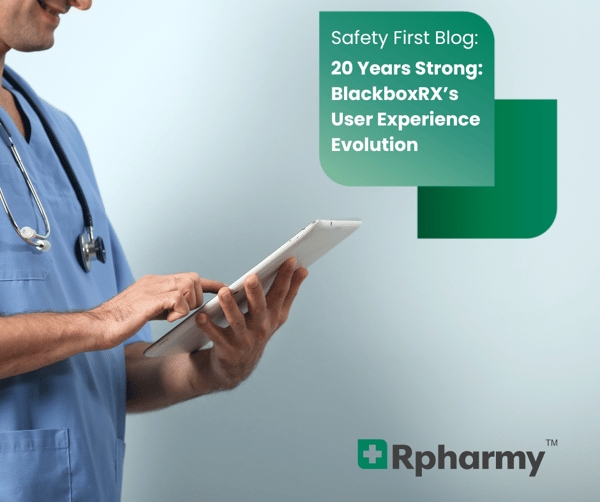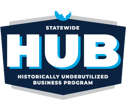Founder of USP <800> Compliance, Healthcare Worker, Patient Safety Technology Provider Honored Among Top Women Business Leaders, Entrepreneurs
Laura Paxton

Recent Posts
Press Release: Rpharmy CEO Laura Paxton Named Finalist In 21st Annual Stevie® Awards For Women In Business
Premier Breakthroughs Recap: A Week of Celebrating Rhazdrugs Innovation
I think I’ve just come down (barely) from the experience at the Premier Breakthroughs Conference. We were honored that our Rhazdrugs hazardous drug safety solution was one of 10 revolutionary healthcare technologies recognized by Premier, Inc. at the Innovation Celebration. The journey to this moment has been challenging, transformative, and, most of all, rewarding.
Empowering Nurses: Enhancing Patient Education to Improve hCAP Scores
Most commonly known as hCAP, the HCAHPS (Hospital Consumer Assessment of Healthcare Providers and Systems) survey is a national, standardized, publicly reported survey of hospital patients’ perspectives on their hospital care.
Press Release: Rpharmy To Be Honored at Premier, Inc.’s Annual Supplier Innovation Celebration
Rhazdrugs Recognized As Groundbreaking Healthcare Technology That Protects Healthcare Workers from Hazardous Drug Exposure
A Project or a Ticket? Rhazdrugs Implementation in Epic EHR
We have seen a lot of spreadsheets, PDFs, documents, and more in our many Rhazdrugs builds. One thing we’ve learned that is universal is you can have the very best policies and hazardous drug handling information, but if it isn’t easy to access and easy to understand, who is it serving? Your hazardous drug handling information is about more than USP <800> compliance; you’re protecting your employees.
Signs of Safety: A Customer Solution to Preventing Hazardous Drug Exposure
Our conversations with customers and prospects consistently reveal crucial information about the challenges in protecting healthcare workers from hazardous drug exposure. A recent discussion with a major healthcare system, with over 17,000 employees and 3,000 affiliated physicians, highlighted their impressive proactive approach to safety.
How Rhazdrugs Integration with Cerner Transformed One Healthcare System
Rhazdrugs’ most significant and beneficial feature is its ability to integrate directly into an Electronic Health Record (EHR). Our product metrics show that nurses and clinicians are nearly twice as likely to access vital hazardous drug safety information when it is accessible directly from the EHR compared to when it is not. This can be critical in patient outcomes and healthcare worker safety.
Welcome to the Rpharmy School of Hard Knocks, where we wholeheartedly believe that embracing the successes and challenges of others enhances our learning!
At Rpharmy, our solutions are deployed across hundreds of hospitals. Through our collaborative relationships with these institutions, we have gained deep insights into their challenges and wins. These five lessons learned during the USP <800> compliance process have percolated to the top through these relationships. We hope these insights help as you continue the critical work of protecting healthcare workers from the dangerous effects of hazardous drug exposure.
Press Release: Rpharmy Overhauls BlackboxRX User Experience, Interface
Medication Safety Solution Provider Significantly Upgrades Only Comprehensive Online Database of Medication Boxed Warnings
20 Years Strong: BlackboxRX’s User Experience Evolution
A few weeks ago, we wrote about our quest to improve the user experience across our software. Now we’re back to let you know that our new and improved BlackboxRX is live!









